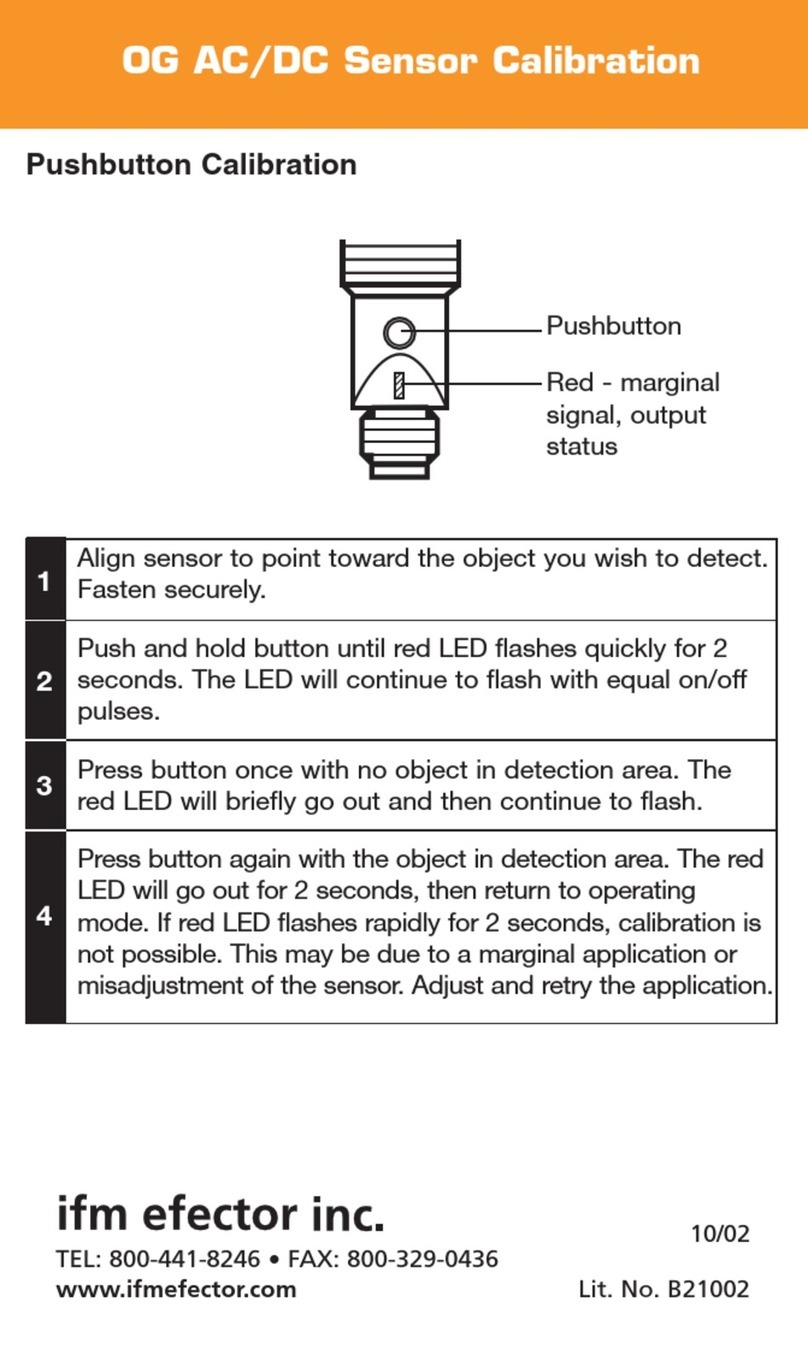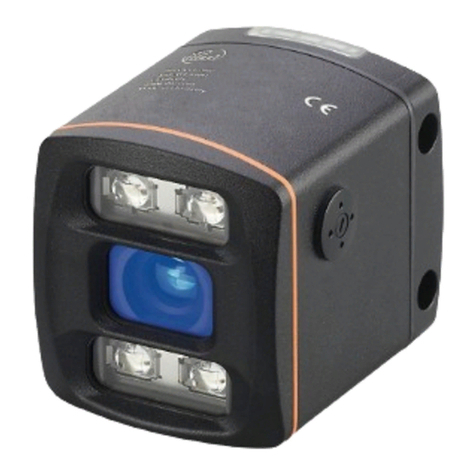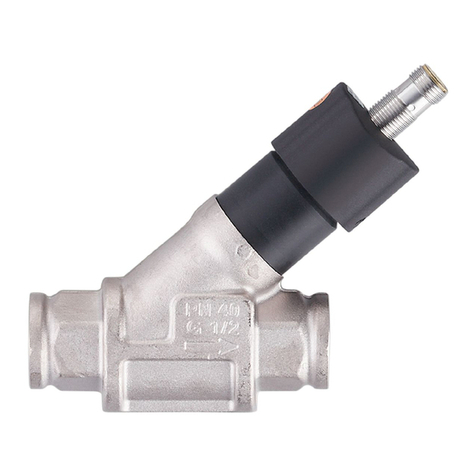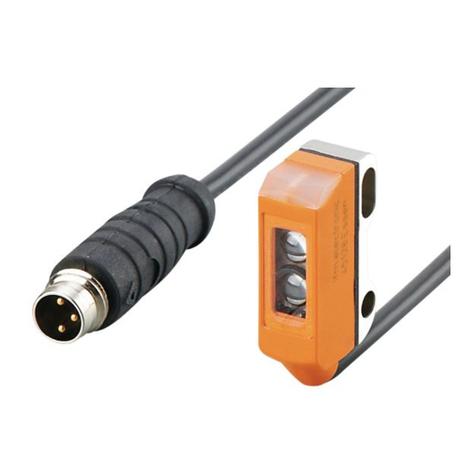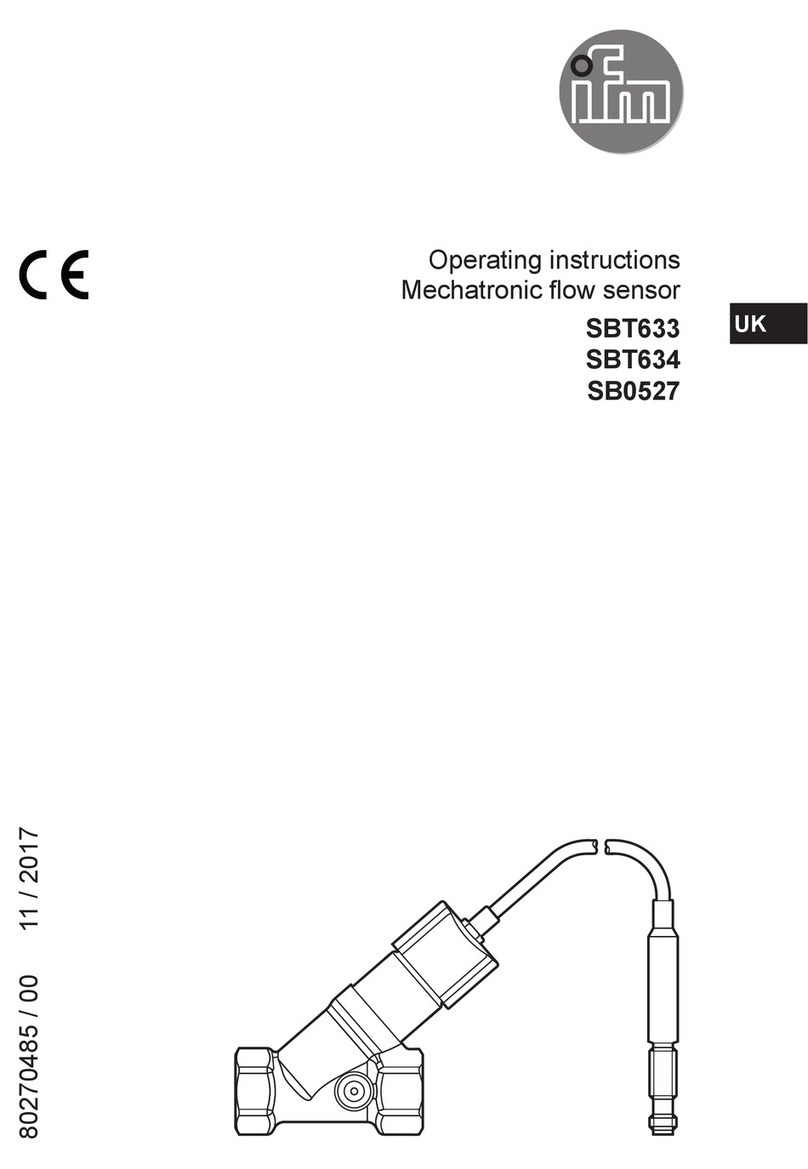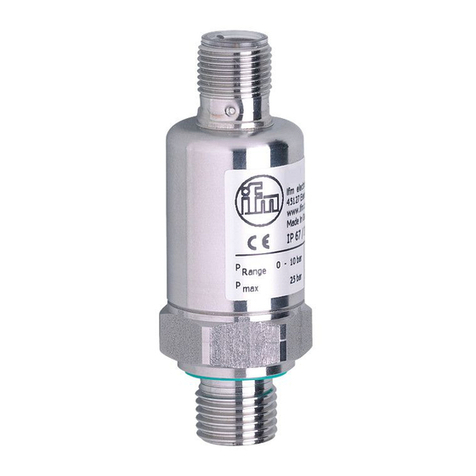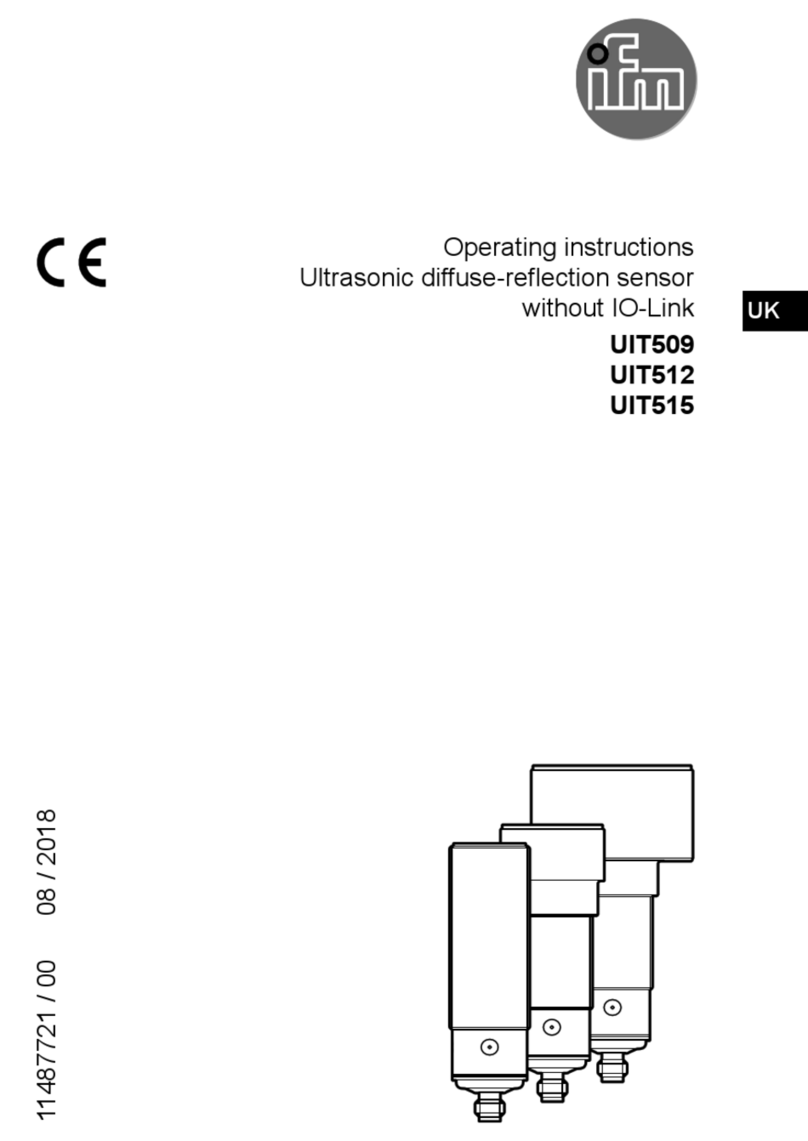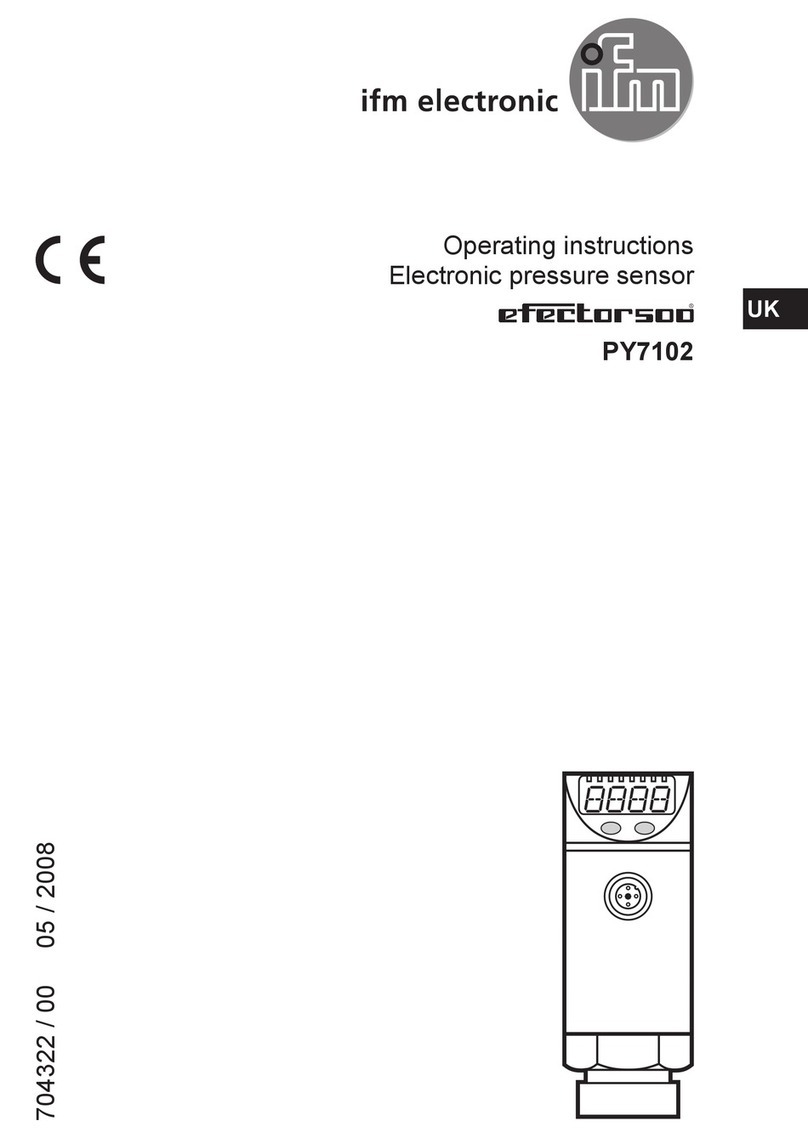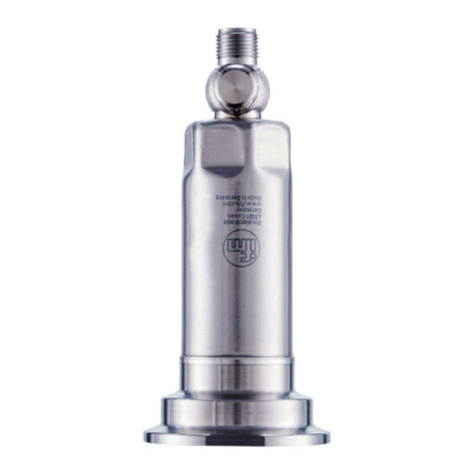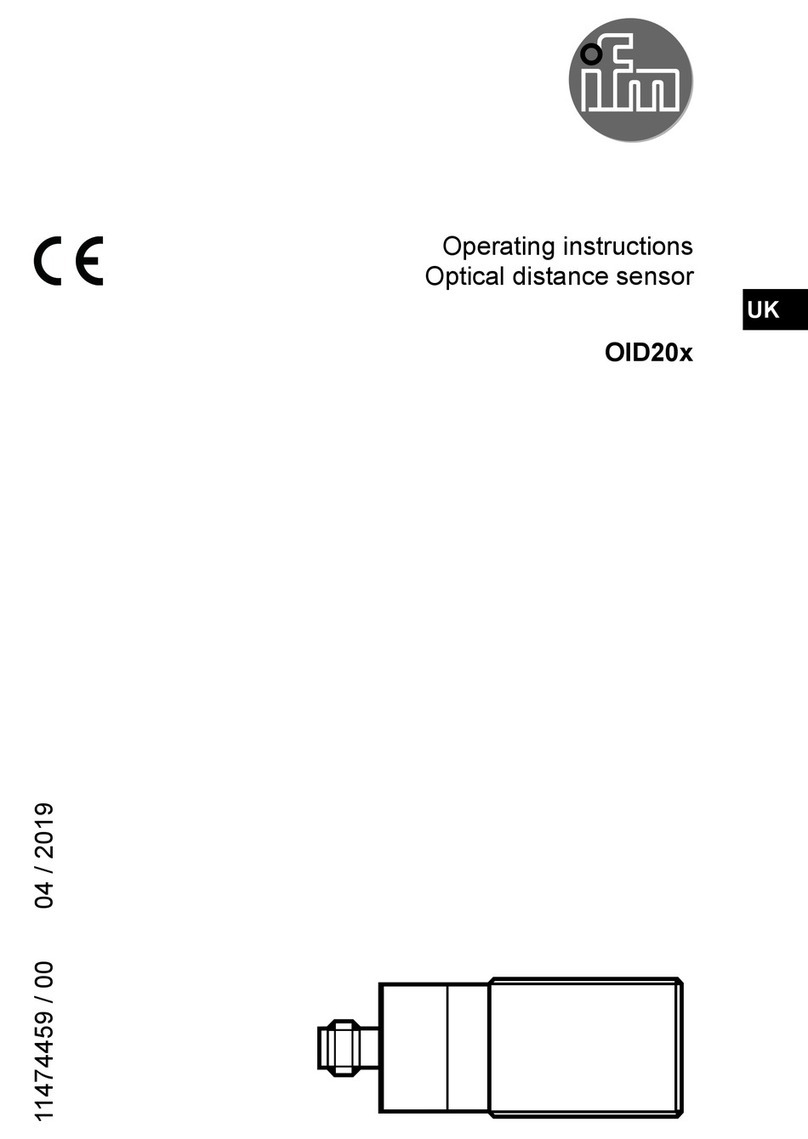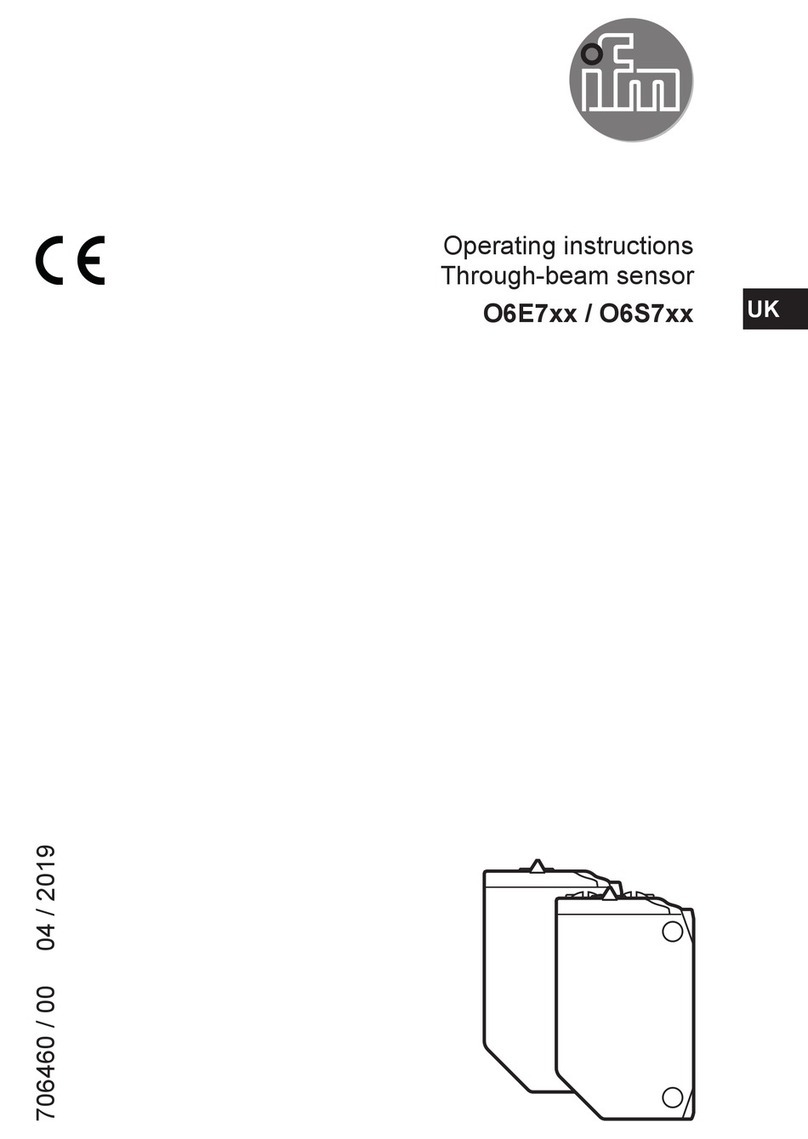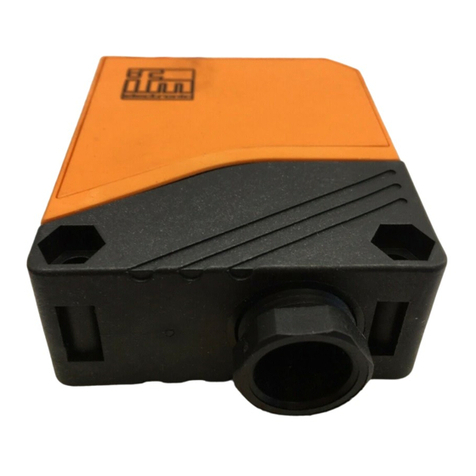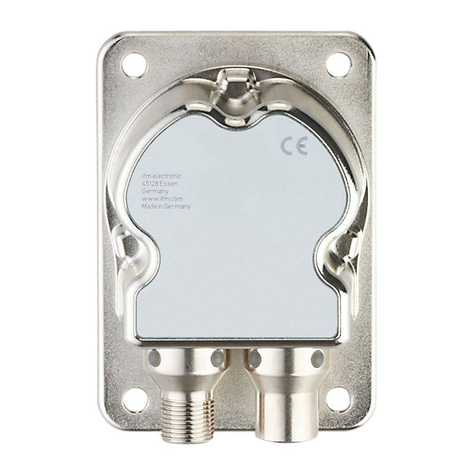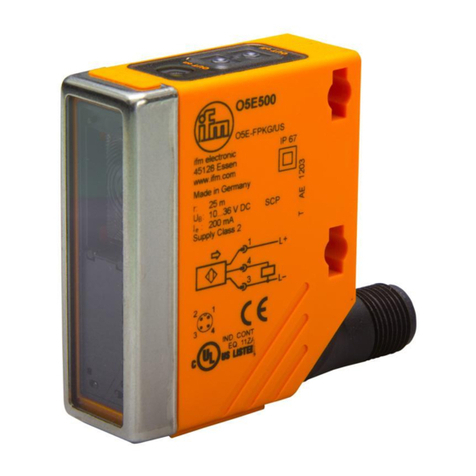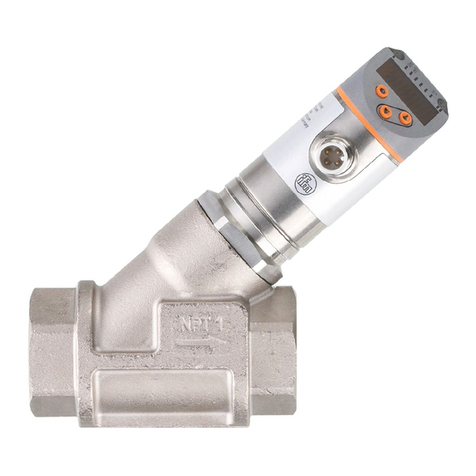
Inclination sensor JN
2
Contents
1 Preliminary note . . . . . . . . . . . . . . . . . . . . . . . . . . . . . . . . . . . . . . . . . . . . . . . . . 4
1.1 Symbols used. . . . . . . . . . . . . . . . . . . . . . . . . . . . . . . . . . . . . . . . . . . . . . . 4
2 Safety instructions . . . . . . . . . . . . . . . . . . . . . . . . . . . . . . . . . . . . . . . . . . . . . . . 4
2.1 General. . . . . . . . . . . . . . . . . . . . . . . . . . . . . . . . . . . . . . . . . . . . . . . . . . . . 4
2.2 Target group . . . . . . . . . . . . . . . . . . . . . . . . . . . . . . . . . . . . . . . . . . . . . . . . 4
2.3 Electrical connection . . . . . . . . . . . . . . . . . . . . . . . . . . . . . . . . . . . . . . . . . 5
2.4 Tampering with the device . . . . . . . . . . . . . . . . . . . . . . . . . . . . . . . . . . . . . 5
3 Functions and features . . . . . . . . . . . . . . . . . . . . . . . . . . . . . . . . . . . . . . . . . . . . 5
4 Installation . . . . . . . . . . . . . . . . . . . . . . . . . . . . . . . . . . . . . . . . . . . . . . . . . . . . . 5
4.1 Fastening . . . . . . . . . . . . . . . . . . . . . . . . . . . . . . . . . . . . . . . . . . . . . . . . . . 5
4.2 Mounting surface . . . . . . . . . . . . . . . . . . . . . . . . . . . . . . . . . . . . . . . . . . . . 5
5 Scale drawing . . . . . . . . . . . . . . . . . . . . . . . . . . . . . . . . . . . . . . . . . . . . . . . . . . . 6
6 Electrical connection. . . . . . . . . . . . . . . . . . . . . . . . . . . . . . . . . . . . . . . . . . . . . . 6
6.1 Bus termination . . . . . . . . . . . . . . . . . . . . . . . . . . . . . . . . . . . . . . . . . . . . . 6
7 7 SAE J1939 interface . . . . . . . . . . . . . . . . . . . . . . . . . . . . . . . . . . . . . . . . . . 7
7.1 Overview and structure of the SAE J1939 protocol . . . . . . . . . . . . . . . . . . 7
7.1.1 PDU format 1 . . . . . . . . . . . . . . . . . . . . . . . . . . . . . . . . . . . . . . . . . . . 7
7.1.2 PDU format 2 . . . . . . . . . . . . . . . . . . . . . . . . . . . . . . . . . . . . . . . . . . . 7
7.2 Proprietary PDU format 1 protocol . . . . . . . . . . . . . . . . . . . . . . . . . . . . . . . 8
7.3 Configuration examples . . . . . . . . . . . . . . . . . . . . . . . . . . . . . . . . . . . . . . . 9
7.4 Proprietary PDU format 2 messages . . . . . . . . . . . . . . . . . . . . . . . . . . . . . 9
7.5 Configuration examples . . . . . . . . . . . . . . . . . . . . . . . . . . . . . . . . . . . . . . 10
8 Parameter mapping . . . . . . . . . . . . . . . . . . . . . . . . . . . . . . . . . . . . . . . . . . . . . 10
8.1 Communication profile proprietary (0x500 – 0x4003) . . . . . . . . . . . . . . . 10
8.2 System settings (0x2000 – 0x207F). . . . . . . . . . . . . . . . . . . . . . . . . . . . . .11
8.2.1 Informative (0x2080 – 0x2082) . . . . . . . . . . . . . . . . . . . . . . . . . . . . 13
8.2.2 Upload/download (0x3000) . . . . . . . . . . . . . . . . . . . . . . . . . . . . . . . 13
8.2.3 Measured data (0xA000 – 0xA011) . . . . . . . . . . . . . . . . . . . . . . . . . 13
9 Angle definition (0x2044) . . . . . . . . . . . . . . . . . . . . . . . . . . . . . . . . . . . . . . . . . 13
9.1 Perpendicular angle (0x2044 = 0) . . . . . . . . . . . . . . . . . . . . . . . . . . . . . . 13
9.2 Euler angle (0x2044 = 1) . . . . . . . . . . . . . . . . . . . . . . . . . . . . . . . . . . . . . 14
9.3 Gimbal angle X (0x2044 = 2) . . . . . . . . . . . . . . . . . . . . . . . . . . . . . . . . . . 14
9.4 Gimbal angle Y (0x2044 = 3) . . . . . . . . . . . . . . . . . . . . . . . . . . . . . . . . . . 15
9.5 Explanatory example . . . . . . . . . . . . . . . . . . . . . . . . . . . . . . . . . . . . . . . . 15
10 Other sensor functions . . . . . . . . . . . . . . . . . . . . . . . . . . . . . . . . . . . . . . . . . . 16
10.1 Device address (0x2000) and baud rate (0x2001) . . . . . . . . . . . . . . . . . 16
10.2 Address claiming . . . . . . . . . . . . . . . . . . . . . . . . . . . . . . . . . . . . . . . . . . 16
10.3 Limit frequency digital filter (0x2043) . . . . . . . . . . . . . . . . . . . . . . . . . . . 16
10.4 Set zero point (0x2046) . . . . . . . . . . . . . . . . . . . . . . . . . . . . . . . . . . . . . 17
10.5 Terminating resistor (0x2045). . . . . . . . . . . . . . . . . . . . . . . . . . . . . . . . . 17
